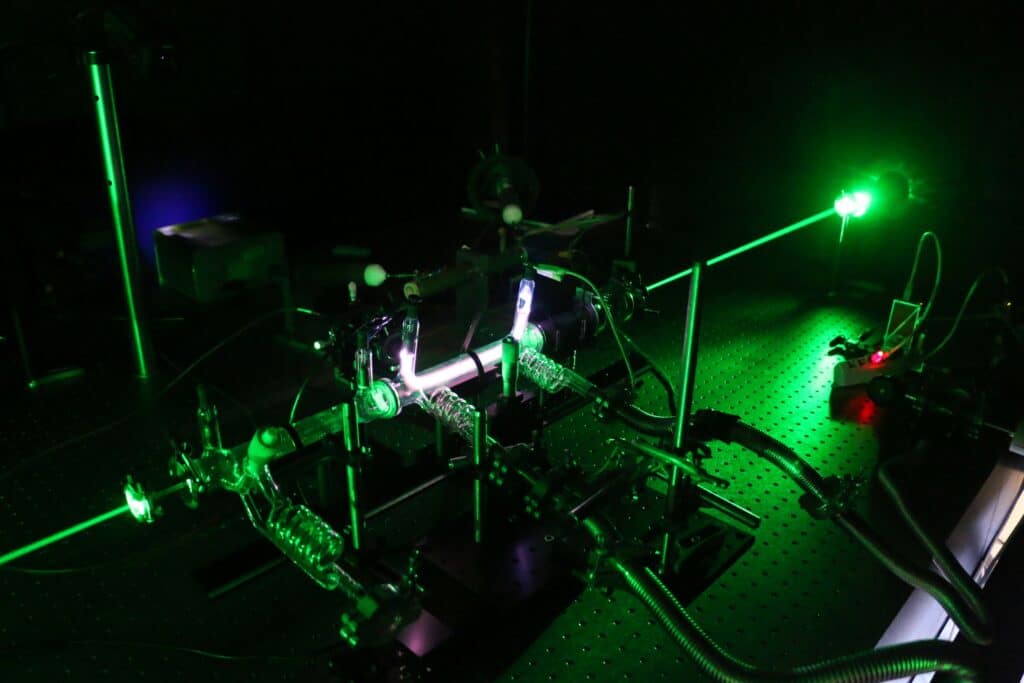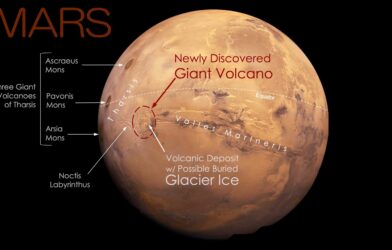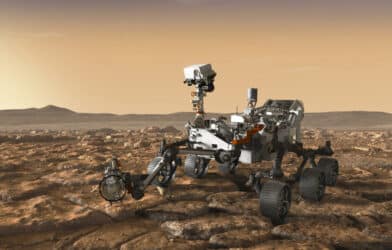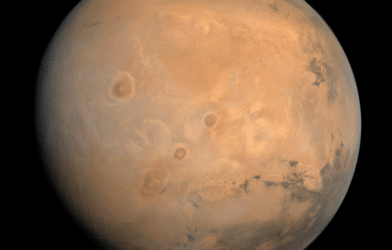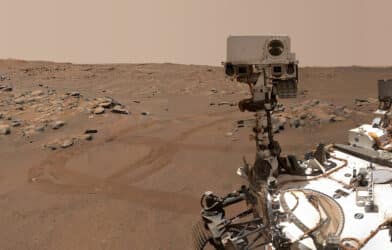Fuels and fertilizers could be produced on Mars for future agriculture, according to new research. Local production will boost future missions. They are also essential for future human settlements. An international team came up with a plasma-based method to convert carbon dioxide into oxygen.
The research paves the way for the establishment of a life support system, mirroring the plot of Hollywood blockbuster The Martian. Pioneers would be able to cultivate crops just like Matt Damon’s stranded character, Mark Watney. They would also be able to make building materials.
The finding is based on experiments involving plasma, the fourth natural state of matter. It contains free-charged particles, such as electrons and ions, and is created by applying electricity to a gas. Electrons are light and easily accelerated up to very high energies with electric fields.
“When bullet-like electrons collide with a carbon dioxide molecule, they can directly decompose it or transfer energy to make it vibrate,” says senior author Vasco Guerra, a professor at the University of Lisbon, in a statement. “This energy can be channeled, to a large extent, into carbon dioxide decomposition. Together with our colleagues in France and the Netherlands, we experimentally demonstrated the validity of these theories. Moreover, the heat generated in the plasma is also beneficial for the separation of oxygen.”
Generating products on Mars by harnessing and processing local resources will be vital. Transporting them is simply not an option. Natural conditions are almost ideal for igniting plasmas since the pressure-favorable atmosphere is mostly CO2 that can be split.
The technique overcame two big hurdles that stand in the way of oxygen production.
“First, the decomposition of carbon dioxide molecules to extract oxygen. It’s a very difficult molecule to break. Second, the separation of the produced oxygen from a gas mixture that also contains, for example, carbon dioxide and carbon monoxide,” explains Guerra. “We’re looking at these two steps in a holistic way to solve both challenges at the same time. This is where plasmas can help.”
Oxygen is key to creating a breathable environment. It’s also the starting point for farms on Mars, opening the door to “resource independence” from Earth. NASA and Elon Musk’s SpaceX are committed to sending people to our neighboring world in the near future. But the logistical challenges are huge.
Delivering food is too costly and impractical. Producing it locally is imperative. In the film, Watney fertilizes Martian soil with his feces. He slices potatoes and plants the cuttings, growing enough food to last hundreds of days.
The findings also have implications for combating global warming on Earth. “By dissociating carbon dioxide molecules to produce green fuels and recycle chemicals, the plasma technology may also aid in addressing climate change,” adds Guerra.
The research is published in The Journal of Applied Physics.
